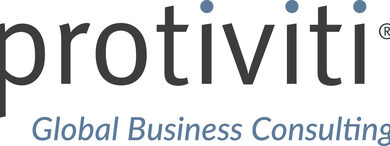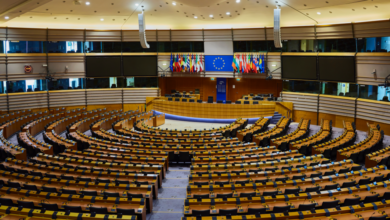Generative AI presents E&O risks for media and entertainment firms

Insurance must adapt its approach to new exposures
The advent of generative artificial intelligence (gen AI) presents boundless opportunities and new exposures for the global media, film, TV, and entertainment industry.
At least one insurance leader is calling on the industry to adapt its approach to risks posed by the new technology.
Ros Breese (pictured), underwriting director – media, film & TV at Tokio Marine HCC International, said the rapid development of Gen AI has sparked intense discussions within the media insurance industry.
The technology presents a novel set of risks that diverge significantly from traditional content creation methods, spurring concerns about “how and when it’s okay for our clients to be using generative AI to create content, and how insurers can manage and assess that risk,” Breese told Insurance Business.
She said the unique nature of these risks, coupled with the rapidly evolving landscape, has led to a cautious approach to AI and generative AI among media and film companies.
Media, film and entertainment firms exposed
The industry’s cautious stance also comes amid notable legal cases, such as an ongoing New York Times lawsuit against ChatGPT owner Open AI over the use of archival material in generative AI tools.
The US news organization has claimed its copyright was infringed to train models. The lawsuit, which also names Microsoft as a defendant, says the companies must be accountable for billions in damages.
“There’s a nervousness in the media industry about when it’s okay to use AI, whether as a research tool or for content that might be released later,” Breese said. “Everyone has a different take on it. There’s uncertainty about what’s acceptable, especially from an insurance perspective. Will insurers cover claims for content created with generative AI?”
The immense challenge of tracing original content ownership in gen AI material leaves companies vulnerable to IP claims. As generative AI becomes more widely used, the insurance industry will need to adapt its approach to the risks it poses, argued Breese.
“All content is owned by somebody,” she said. “In traditional TV production, there are criteria for clearing rights from writers and third-party content providers. That’s not possible with generative AI.”
Risk management for Gen AI risks should involve developing protocols to trace content origins and establishing a chain of responsibility between clients and generative AI tools. Legislative clarity and landmark cases such as the New York Times lawsuit will also play pivotal roles in shaping future insurance strategies.
“I think we’ll probably end up viewing it the same way as other content and working with insurers to mitigate claims. This means recognizing what generative AI is used for and ensuring we can track the original content owner, creating a chain of responsibility between them and the AI tool,” she said. “We’re on a journey.”
Beyond fiction content – how has the media landscape changed since COVID-19?
The highly dynamic risk landscape in media has recently prompted Tokio Marine HCC to launch a global media division dedicated to underwriting risks in the media, film, television, and events sectors.
Beyond the technological challenges, the media consumption landscape itself is shifting, influenced heavily by the pandemic. There’s a marked trend away from traditional production content towards shorter, more digestible formats like podcasts, said Breese.
“As insurers, we’re seeing a lot more podcast material than ever before, particularly in the true crime genre. There’s a significant interest in documentaries using archival footage, as opposed to big-budget dramas,” she observed.
“If you look at streaming services now, there’s a vast portfolio of documentaries available, something we wouldn’t have seen five or ten years ago. We’re seeing a clear trend away from fictional drama towards factual content.”
This trend necessitates a different approach to risk management. Documentary makers, for instance, face unique challenges in securing permissions from individuals appearing in their work and clearing archival footage.
“For a documentary maker, the key is to make sure that they’re getting permission from everybody that’s appearing in that documentary, which can be a bit of a minefield in itself,” Breese said.
The complexity of clearing archival footage and the use of defenses like fair use and fair dealing further complicate the production process. These challenges, Breese said, highlight the need for specialized insurance solutions tailored to the nuances of documentary and factual content production.
Breese advised brokers working with clients in media and film to stay abreast of evolving risks and their clients’ distinct coverage and risk management needs.
“The more open the relationship and the conversation for all parties in the insurance chain the more it helps,” she said.
Do you have something to say about the risks posed by the use of generative AI in the media, film and entertainment industry? Please leave a comment below.
Related Stories
Keep up with the latest news and events
Join our mailing list, it’s free!




